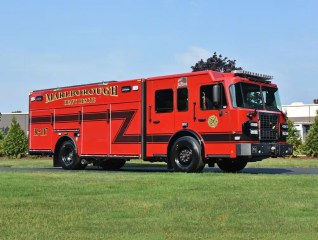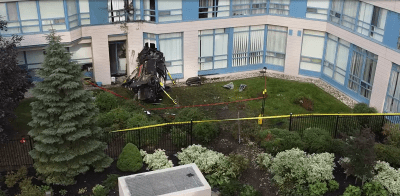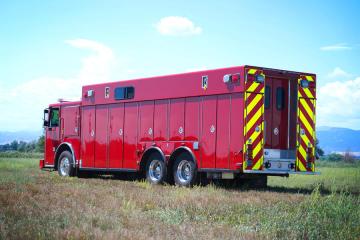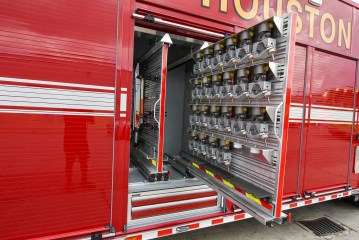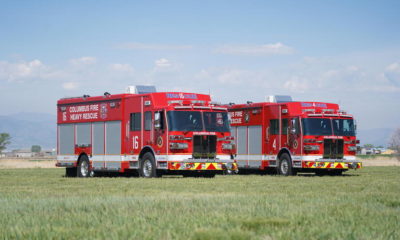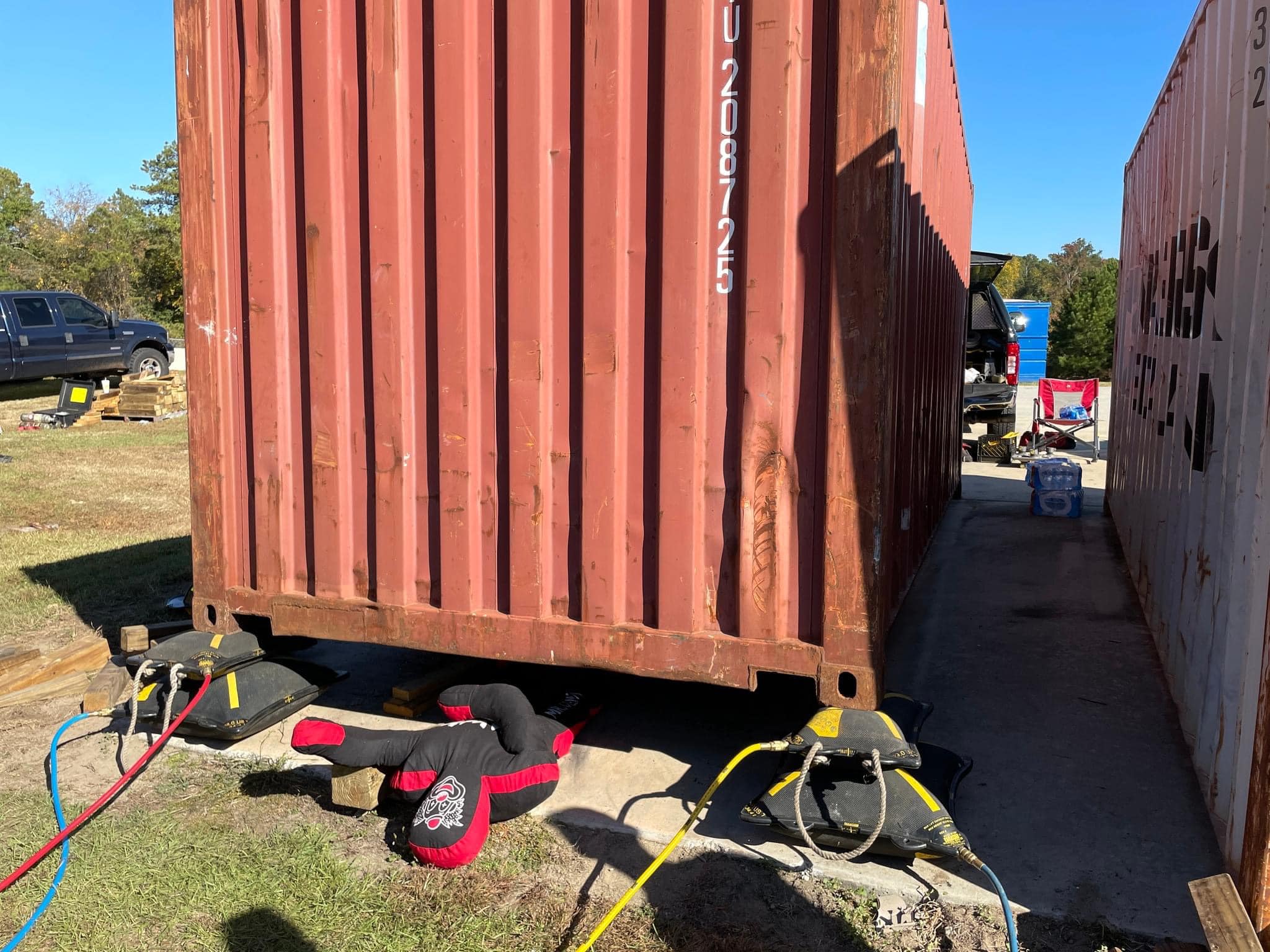We live in a world defined by “the minimum”.
We should be getting the minimum daily requirements of our vitamins. We are required to have minimum insurance coverage to [legally] operate a motor vehicle. And many times computer programs and software will not run without minimum memory and hard drive space. In some cases, having some sort of minimum is good. For example, a person would not want to look to see a three-year-old in a booster seat operating the 18-wheeler sitting next to them at a traffic light.
However, unlike setting a minimum age to operate a vehicle, other minimums are actually difficult to put into perspective. What one person might find to be the minimum may be very different from someone else. If you want a good example of that, just go out and ask a couple different people what the minimum qualifications are for someone to hold a political office. That question will spark a huge and often funny debate.
When we begin to talk about minimums in education, the debate becomes even more convoluted. To make matters even worse, terms like “minimum recommended”, “minimum acceptable”, or “minimum standards” get thrown into the conversation. To sound even more politically correct, we may try to soften some of those statements by using the term “core requirements” or “core skills”, which in fact are minimums.
The same holds true when it comes to emergency services training. We even tend to use fancier terms in the emergency services such as “minimum standard of accreditation” or “job performance requirement”. Even having a state or National standard is in essence a minimum.
In most cases, these “minimums” were developed by a small group of people sitting around a table and debating for hours on end to say this is what we think the minimum should be. These folks have been tasked with quantifying and qualifying what the “minimum” should be – an extremely difficult task anytime, but especially when it comes to emergency services responder training.
These groups have to attempt to strike a delicate balance between many social and political factors and come up with a recommendation that they hope will work.
Unfortunately, many times, to remain politically correct, these groups restrict the “minimum” to a set number of hours, or just what they think is just enough knowledge and skills for a responder to be able to go out and maybe do the job. The results of these meetings and debate usually find their way into some document and ultimately a certificate or patch that says, “Yep, this responder met our minimum standard”.
Likewise, emergency services training facilities and instructors look at these defined minimums and standards and many – not all – figure out how to give the student just enough information and skill to meet these standards (and get the patch or certificate). These facilities and instructors have to balance the same social and political debates, and usually add a financial component into the debate. These facilities and instructors have themselves fallen into the “minimum mindset”. It should scare you when you hear an instructor say something like “the students just got by…”
Then there are of course, the emergency responders who look at training from the perspective of doing just what they have to do to get the certificate, patch, or worse the “I can now ride the shiny truck” attitude. They have fallen into the pervasive mindset of “just doing the minimum”.
Since it seems the minimum is what many want to do when it comes to emergency services training, here is a question – define “the minimum”.
In your mind qualify and quantify this word as it relates to emergency services training. Start by defining it in terms of your personal forte. If you are a firefighter, what are the minimum education and skills you need to be a competent, successful, and safe firefighter? If you are a rescue technician, what are the minimum education and skills you need to competently, successfully and safely perform technical rescue? And if you are an emergency services instructor, what is the minimum education and skills your students need to competently, successfully and safely perform the task?
Take some time to think about the questions. Step away from this article for a moment and think in general about what you consider the minimum training to do the job of an emergency responder and/or instructor. Go ahead – walk away for a little while and think about the question. Then come back to this article.
Now that you have returned to this article, what are the answers that came to mind in response to the questions posed? Is your answer something along the lines of completing a certain course, challenging a certification, or completing a certain defined number of hours of training? If the answer is yes, you have fallen into the minimum training mindset. You are not alone.
As an emergency responder and/or instructor, you need to stop thinking about training from the certificate, patch, and/or hour’s perspective. Rather you do need to ask yourself what is the training needed to safely and effectively do the job. And, ask yourself that question not from your perspective as a responder or instructor, but rather from the perspective of your victim.
Mentally play the role as the person trapped under the dashboard in a car that is upside down in a ditch, or the victim hanging out of the third floor window in a burning structure. If you were the one in need of help, what is the level of skill, training, and practice that, you desire (or demand) from the emergency responders coming to your aid?
Will the “minimum skill set” you completed in a certain class to get a certificate be good enough? Does that row of patches up your sleeve mean anything in terms of doing the job? Will the fact that you trained for a “X” number of hours make for a successful rescue?
Does this change in perspective alter your answer? It should. Only when we get out of the “minimum training mentality” and start training in a manner that maximizes are ability to perform skills without hesitation or fail will we meet the needs of our victims?
We will never truly be able to eliminate the “minimum mindset” from our training as emergency responders, but we can alter the mindset.
When it comes your role as an emergency responder or instructor, you need to stop trying to define or even thinking in terms of the minimum. Rather we should train as often and as hard as we need to be the best we can be.
Our lives and the lives of our victims deserve more than our minimum.
Techniques
Heavy Stabilization & Lift Class
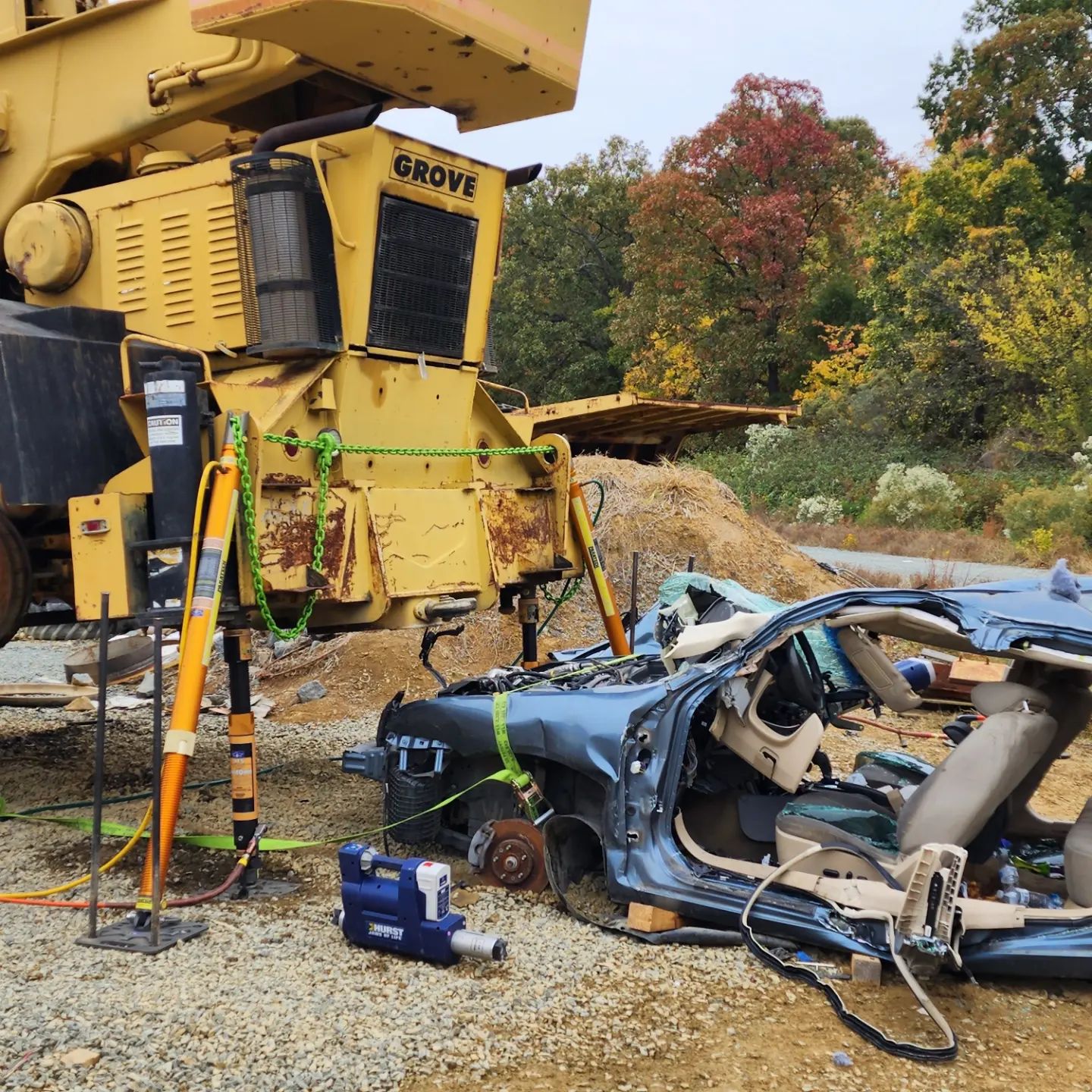
Heavy Stabilization & Lift Class
This weekend, Toranze Lee and Premier Extrication held their Heavy Stabilization and Lifting class taught. The class focused on advanced techniques using the Paratech equipment, eDraulic tools, grip hoists, vehicle stabilization methods, airbags for lifting, power tools, and the use of heavy wreckers for extrication.
Some of the departments that attended:
Techniques
North Carolina Extrication School
Training
Car into an apartment building
In Mississauga, Canada, a vehicle crashed into a large residential building and the damage could have impacted up to 4 stories. Mississauga Fire and Emergency Services stated the vehicle hit the window on the building’s second floor. The driver was extricated and transported to the hospital.
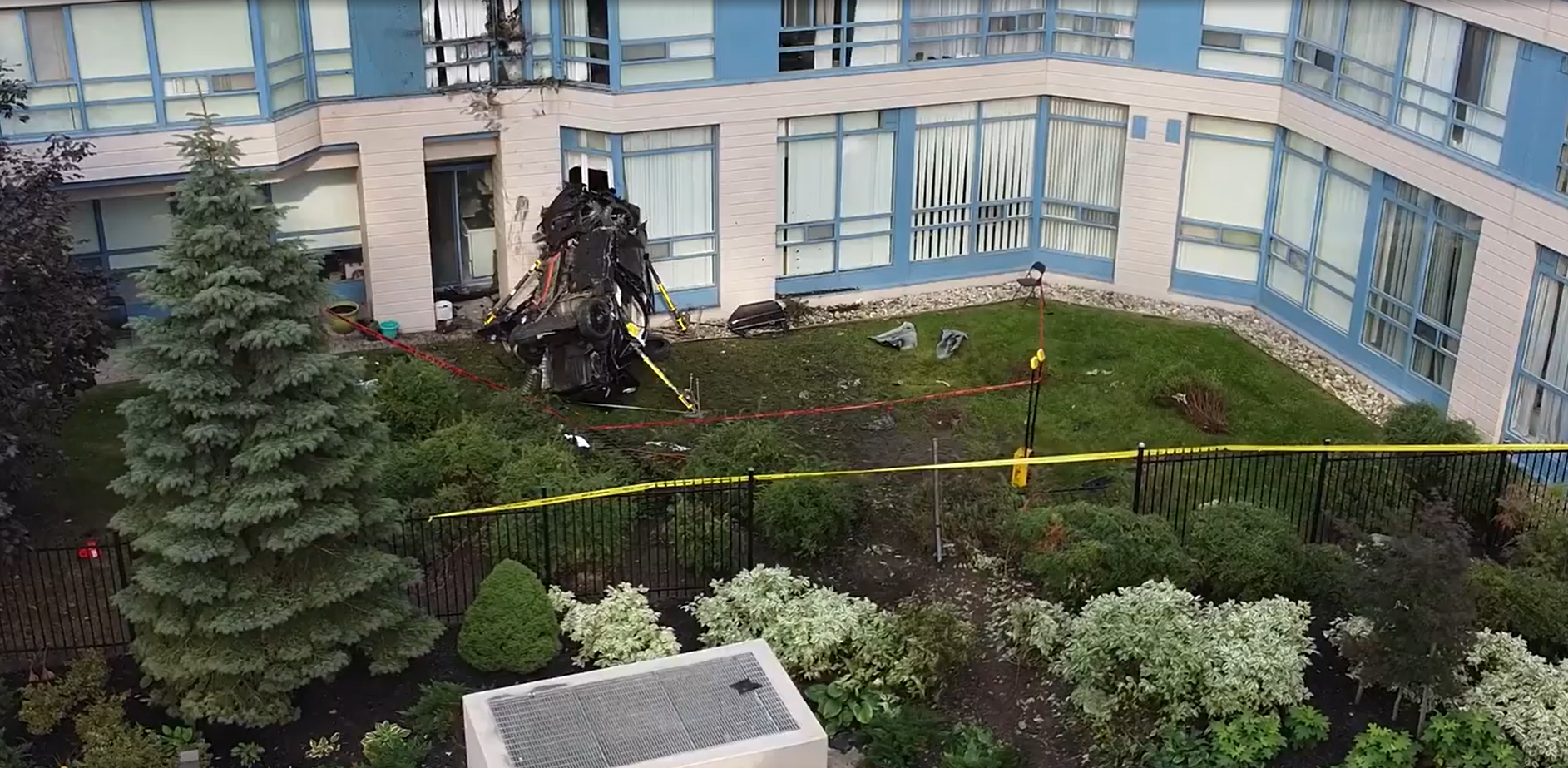
Car into an apartment building
In Mississauga, Canada, a vehicle crashed into a large residential building and the damage could have impacted up to 4 stories. Mississauga Fire and Emergency Services stated the vehicle hit the window on the building’s second floor. The driver was extricated and transported to the hospital.


